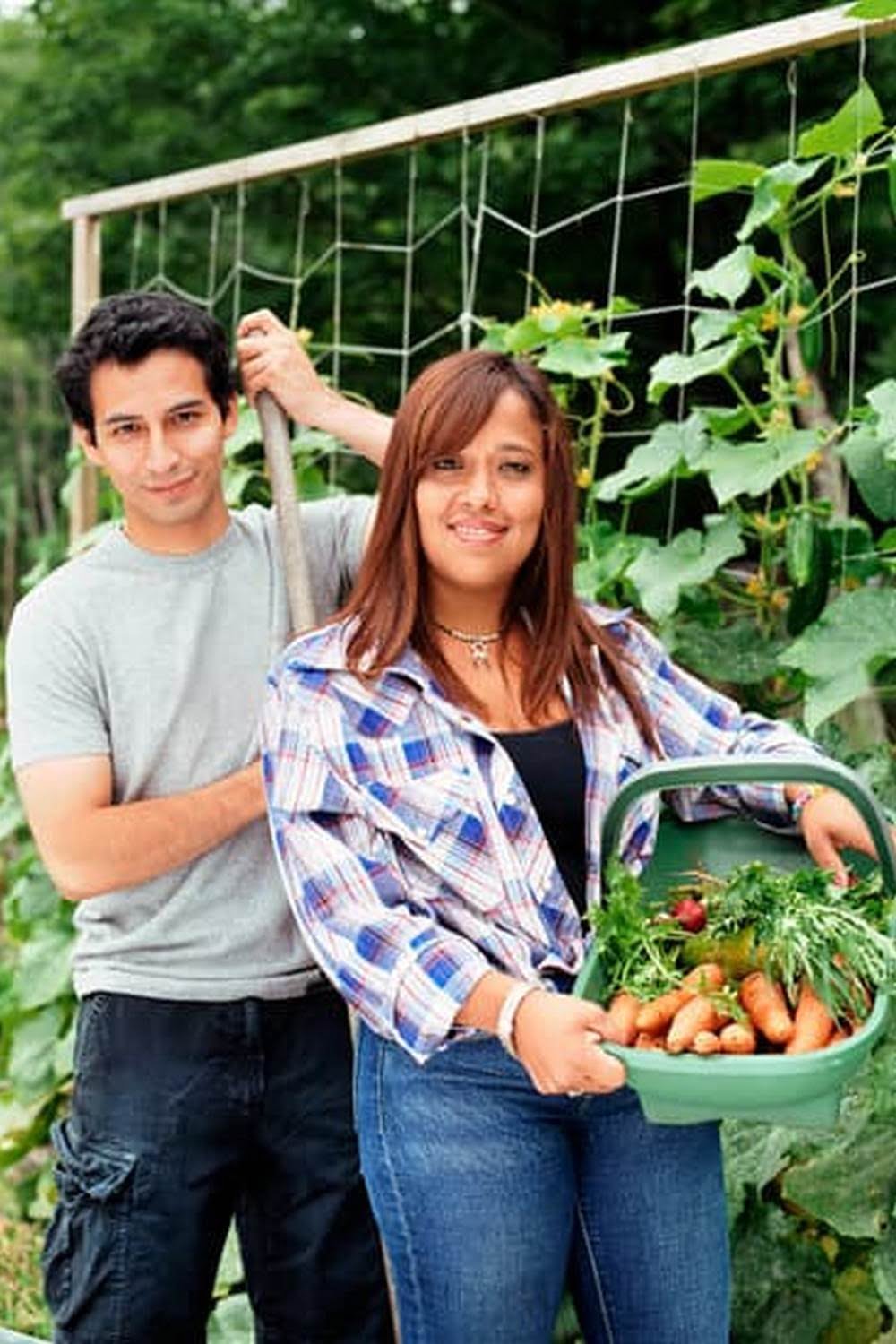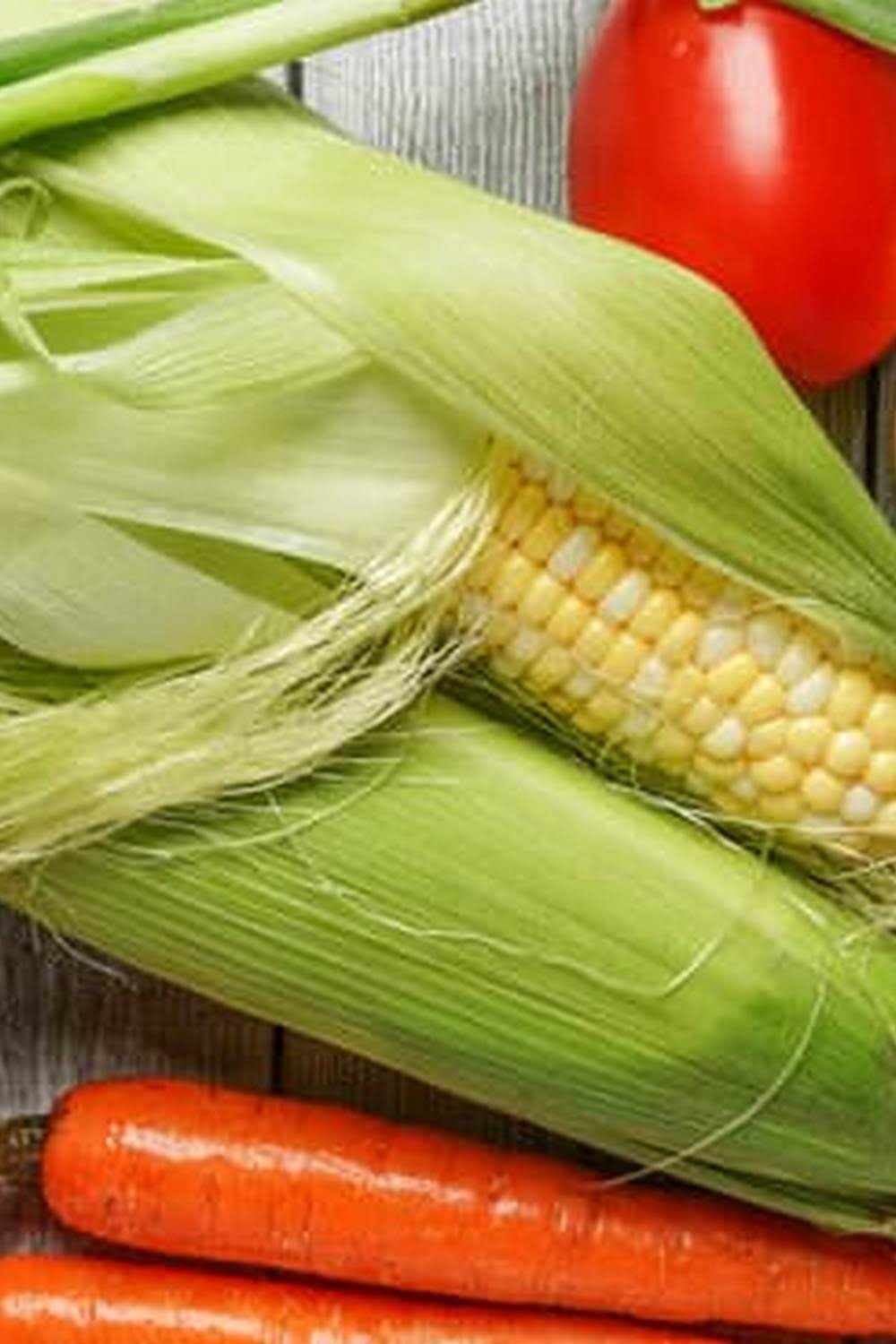Raised Vegetable Garden Bed Depth
When it comes to vegetable garden bed depth, there are a few things to consider. The depth of your garden bed will depend on the type of vegetables you are planting, the type of soil you are using and your own personal preferences.
One of the most important factors to consider when determining vegetable garden bed depth is the type of vegetables you are planting. root vegetables, such as carrots, beets and potatoes, need a deep bed in order to grow properly. If you are planting these types of vegetables, your garden bed should be at least 12 inches deep.
If you are using a soil mix, such as potting mix or compost, you will only need to make your garden bed 6-8 inches deep. However, if you are using traditional garden soil, your garden bed should be at least 12 inches deep in order to accommodate the roots of your plants.
Another thing to consider when determining garden bed depth is your own personal preferences. Some gardeners prefer to have a deep bed in order to accommodate a variety of plants, while others prefer a shallow bed in order to make weeding and harvesting easier.
No matter what depth you choose for your garden bed, make sure to amend the soil with organic matter, such as compost, before planting. This will help to improve the soil quality and help your vegetables grow healthy and strong.
Square Foot Raised Bed Vegetable Garden
A square foot raised bed vegetable garden is the perfect way to garden if you are short on space. By creating a raised bed, you are essentially creating a small garden within a garden. This is a great way to garden if you live in an apartment or if you have a small yard.
When creating a raised bed vegetable garden, you will want to choose a location that gets plenty of sunlight. You will also want to make sure that the spot you choose is not in a low-lying area, as this could lead to your garden becoming waterlogged.
To create a raised bed, you will need to purchase some lumber and nails. You will want to use lumber that is about six inches wide and six inches high. The length of the lumber is up to you, but it is recommended that you use lumber that is at least eight feet long.
Once you have your lumber, you will want to create a square or rectangle with the boards. Make sure that the corners of the raised bed are at least eighteen inches apart. Once the raised bed is created, you will want to fill it with soil.
When planting in a raised bed vegetable garden, you will want to make sure that you follow the square foot gardening method. This method involves planting vegetables in square or rectangular plots, with each plot measuring one square foot.
This method is a great way to garden because it allows you to plant a variety of vegetables in a small space. It also makes it easy to rotate your crops, which is important for preventing soil depletion.
A square foot raised bed vegetable garden is the perfect way to garden if you are short on space. By creating a raised bed, you are essentially creating a small garden within a garden. This is a great way to garden if you live in an apartment or if you have a small yard.
When creating a raised bed vegetable garden, you will want to choose a location that gets plenty of sunlight. You will also want to make sure that the spot you choose is not in a low-lying area, as this could lead to your garden becoming waterlogged.
To create a raised bed, you will need to purchase some lumber and nails. You will want to use lumber that is about six inches wide and six inches high. The length of the lumber is up to you, but it is recommended that you use lumber that is at least eight feet long.
Once you have your lumber, you will want to create a square or rectangle with the boards. Make sure that the corners of the raised bed are at least eighteen inches apart. Once the raised bed is created, you will want to fill it with soil.
When planting in a raised bed vegetable garden, you will want to make sure that you follow the square foot gardening method. This method involves planting vegetables in square or rectangular plots, with each plot measuring one square foot.
This method is a great way to garden because it allows you to plant a variety of vegetables in a small space. It also makes it easy to rotate your crops, which is important for preventing soil depletion.
Raised Vegetable Garden Beds Tractor Supply
There is nothing like the taste of fresh vegetables straight from your garden. If you want to get into vegetable gardening, but don’t have the space for a traditional garden, you may want to consider using raised vegetable garden beds.
Raised vegetable garden beds are a great way to grow your own vegetables, because they:
1. Provide good drainage, which is important for healthy vegetable plants.
2. Help keep the soil warm in the spring, which can be helpful in climates where the weather is cool.
3. Can be made any size you want, so they are perfect for small yards or even patios.
4. Are easy to assemble and require no tools.
5. Can be placed anywhere in your yard, so you can choose the best spot for your vegetables.
If you are interested in raised vegetable garden beds, Tractor Supply has a great selection to choose from. We carry a variety of sizes and styles, so you can find the perfect one for your needs. And, if you have any questions, our experts are here to help.
Planting Plan Raised Bed Vegetable Garden
When it comes to planting a vegetable garden, there are many things to consider. One of the most important decisions is what type of garden to plant. There are three main types of vegetable gardens: traditional, raised bed, and container gardens. Each type of garden has its own unique benefits and drawbacks.
A traditional garden is planted in the ground and typically consists of a row of vegetables with a walkway in between. This type of garden is the least expensive to plant, and it is easy to expand. However, it can be difficult to maintain and weed, and the vegetables are not always spaced evenly.
A raised bed garden is a garden that is planted in a raised bed. A raised bed is a raised platform made of a variety of materials, such as wood, stone, or brick. Raised bed gardens are easier to maintain and weed than traditional gardens, and the vegetables are typically spaced more evenly. However, raised bed gardens can be more expensive to build, and they take up more space.
A container garden is a garden that is planted in containers. Containers can be made of a variety of materials, such as wood, metal, or plastic. Container gardens are easy to maintain and weed, and the vegetables are typically spaced more evenly. However, container gardens can be more expensive to build, and they take up more space.
When deciding which type of garden to plant, it is important to consider the benefits and drawbacks of each type. The three main types of gardens are traditional, raised bed, and container gardens.
How To Prep A Vegetable Garden Bed
It is important to properly prepare a vegetable garden bed before planting. This will ensure that your plants have the best possible chance of growing healthy and strong.
There are a few things you will need to do in order to prepare your garden bed:
1. Remove any existing vegetation.
2. Loosen the soil to a depth of at least 12 inches.
3. Amend the soil with compost or other organic matter.
4. Create a drainage system, if necessary.
5. Plant your vegetables!
1. Remove any existing vegetation.
You will need to remove any existing vegetation from the garden bed before you can start planting. This can be done with a shovel or a hoe. Be sure to get all of the roots, as they can be difficult to remove later on.
2. Loosen the soil to a depth of at least 12 inches.
Loosen the soil to a depth of at least 12 inches. This can be done with a shovel, a hoe, or a tiller. Be sure to break up any large clumps of soil. This will help the plants to grow healthy and strong.
3. Amend the soil with compost or other organic matter.
Amending the soil with compost or other organic matter is a great way to improve the quality of the soil. This will help the plants to grow better and stronger.
4. Create a drainage system, if necessary.
If your garden bed does not have good drainage, you will need to create a drainage system. This can be done by creating a trench around the edge of the garden bed, or by installing a drainage pipe.
5. Plant your vegetables!
Once you have prepared your garden bed, it is time to plant your vegetables! Be sure to read the instructions that come with your plants, in order to learn how to properly care for them.

If you’re looking to get into vegetable gardening, or are just looking for some tips on how to make your current garden better, then you’ve come to the right place! My name is Ethel and I have been gardening for years. In this blog, I’m going to share with you some of my best tips on how to create a successful vegetable garden.





